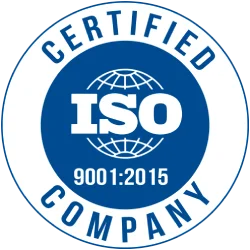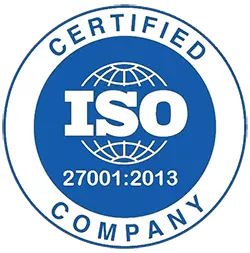What is 3D Product Design & Which Industries Have Benefited From It?
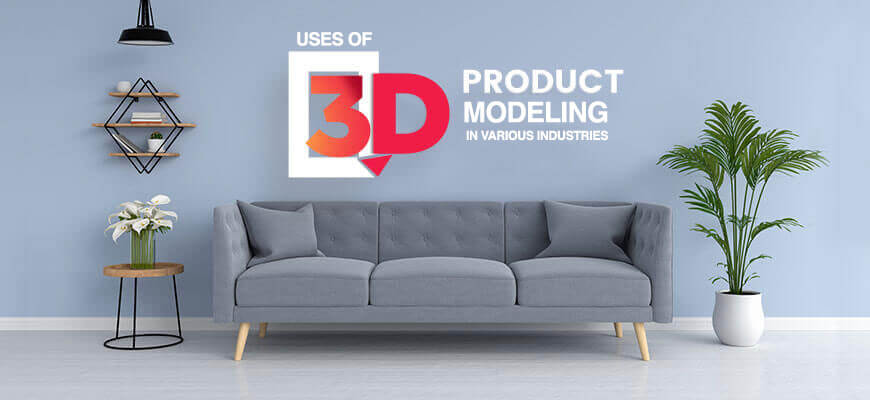
What is 3D Product Design ?
3D product design is the process of creating realistic digital 3D models of the products through the different software available, giving the products a sharp and edgy look.
Alternative to the pictures of the products initially used for marketing. It lets the buyer know the product in more detail, helping them make informed decisions while buying, and, in return, helps the seller promote its reach.
Are you curious to know how the marketing style is evolving? Keep reading!
Traditional marketing styles are evolving rapidly, with 3D product design emerging. Design competence, rapid prototyping, cost-effectiveness, and ease of access are some of the many reasons industries leverage this stellar technology.
So let us now see how 3D product design is invariably used by different industries to address business challenges.
Which Industries Need 3D Product Design the Most?
This amazing technology finds use in almost all types of industries. To break it down, we have listed the names of some sectors that depend on 3D product designs for commercial purposes.
-
Manufacturing
 Manufacturing
Manufacturing3D product design allows manufacturers to have a detailed estimation of the real-life proportions of the products (be they plastic or metal) and their quality much before the manufacturing process starts. After the products are modeled and made 3D print-ready, the 3D printing machine prints flawless products.
3D printing can even make functional prototypes and lightweight components. These prototypes are so highly detailed that they clearly show how the product will look or even tell about the functioning of the complex parts when highly complex machines are to be made. It is even used to print lightweight aircraft parts, machine parts, and small tools.
Skillfully crafted 3D designs of the products considerably help the manufacturers in error correction and save ample time and capital. Moreover, this process creates stellar-quality outputs and is much more efficient than hand-drawn blueprints.
Plus, because of its picture-perfect finish and the life it adds to the product, 3D product design is consistently leveraged to boost marketing and brand awareness.
-
Retail and eCommerce
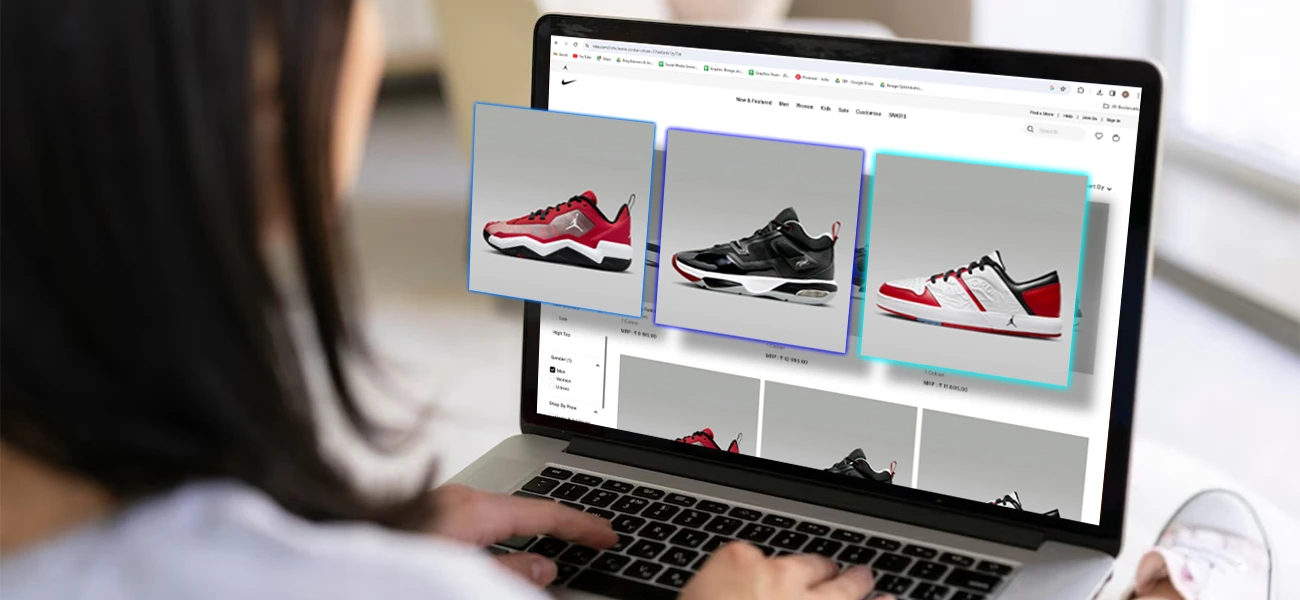 Retail and eCommerce
Retail and eCommerce3D product design can be done for almost all kinds of retail products, like watches, spectacles, electronic appliances like speakers, gifting items, self-care products, etc.
3D images and configurators have induced affirmative changes in the retail and eCommerce sectors. 3D modeling software gives the products point-to-point measurements, and adding the required texture gives them a realistic outlook. Further enhancement by adjusting the color, shadow, etc. offers buyers a super-engaging shopping experience.
The digital prototypes of watches, spectacles, small appliances, and self-care product packaging created through 3D product design are the key source of the growth of the e-commerce industry. More facilities, like speeding up the time-to-market, working as per the client’s needs, and less expenditure of time and money, are the main driving forces behind these sectors leveraging the idea.
eCommerce is flourishing as retailers are transforming into e-tailers. Consumers who preferred buying retail products offline have now started relying on online stores only due to the convincing and hyper-realistic 3D models they get to see.
Useful article : How 3D Visualizations are Transforming Online Shopping Experience?
-
Automobile
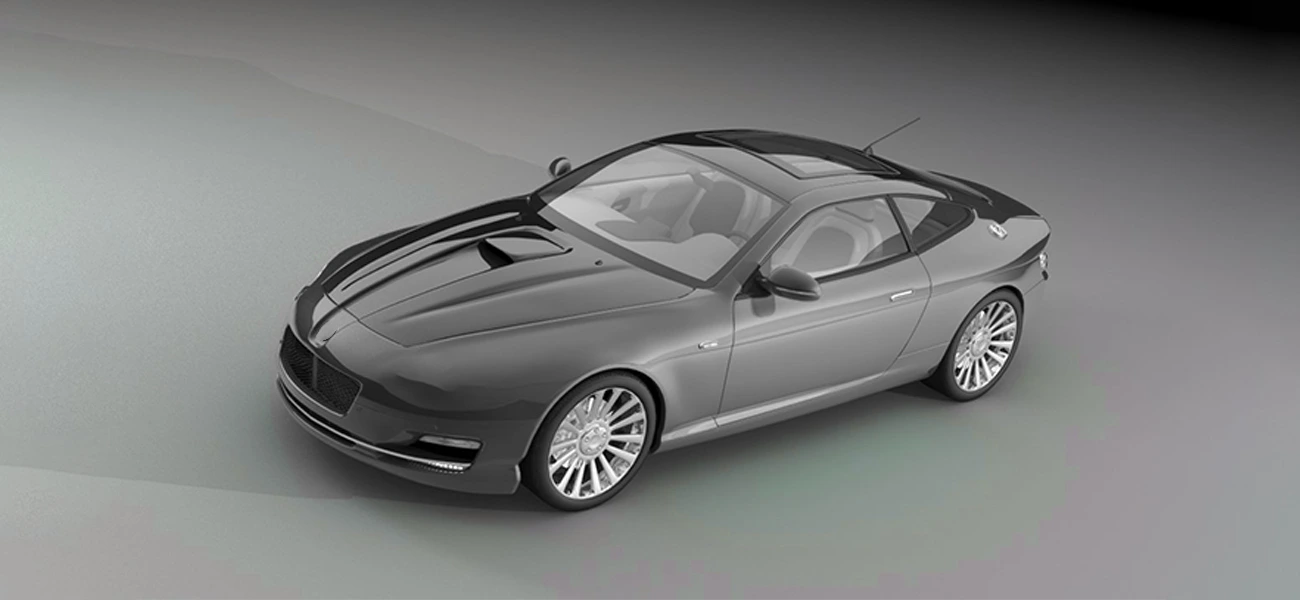 Automobile
AutomobileAutomobile engineers use 3D industrial design to achieve a one-stop solution to all design-related problems! A 3D prototype remarkably reduces the TAT (turnaround time) during production. The 3D-modeled car or parts are made to look unusually real by applying the needed texture, lighting, and shadow as necessary.
The CAD(computer-aided design) models of cars and various other automobile parts help the designers work rapidly before the original product is manufactured. It even gives a detailed view of the workings of the basic parts and helps the buyer make an informed decision.
Customers nowadays prefer buying based on 3D models of automobiles and their parts to verbal pitching during the marketing process. 3D product design even fosters creativity when it comes to making new and innovative automobile parts.
-
Fashion
 Fashion
FashionInitially, pen and paper were the only way fashion designers executed any design, be it clothing, jewelry, cosmetic products, or even croquis (the initial sketch of the fashion product). Fashion designers now make 3D product designs as creating the 3D image of the products proves more convenient.
3D design technology in the fashion industry helps produce a stitch-ready 3D model with the proper measurements and finish. The 3D croquis models generated through the modeling software give a complete look of the garment, including the fabric drape around the virtual model.
The 3D printed jewelry cast designs are excellent alternatives to the wax casts for giving better results and producing less waste. Even the 3D printed molds or the finished look of the cosmetic products give the designers production-ready models.
Leveraging 3D design technology in the fashion industry has shown a rapid and positive change in production speed, conversion rates, and ROI.
-
Architecture
 Architecture
ArchitectureArchitects use 3D product design to make a digital presentation of a building, the housing plan, the room layout, the floor plan, the kitchen outlook, or even the items for interior decoration look unbelievably real. The computer algorithm is very less likely to make errors and is more likely to point them out before starting the work.
3D design software helps the architects create a real-like 3D representation of the project with surface and mesh modeling features. Even the objects for interior decoration, like chandeliers, furniture, and kitchen tools like chimneys, sinks, counters, etc., are all digitally modeled.
The accuracy of the CAD software gives precise measurements of the 3D modeled furniture and the embellishing items to give a real-time idea of the space and the look of the house as a whole.
The highly efficient designs, architects working closely with their clients for the seamless completion of the projects, the enhanced speed of work, and cost-effectiveness make 3D product design an indispensable part of today's architecture.
-
Healthcare
 Healthcare
HealthcareThe medical industry is one of the fastest adopters of 3D product design technology. The prototypes of various surgical instruments, scanning machines, teeth aligners, implants, and body organs, including the skeleton, are now designed efficiently with the help of product 3D design.
The body organs, like the heart, lungs, eyes, and almost everything meant for demonstration, are beautifully created through 3D modeling. This enables the students to understand the organs' actual size and internal parts in utter detail. In addition, the texturing allows the students to learn about the layers of the different organs.
Surgery planning and training also use 3D product design solutions to get a complete view of how an implant will fit and work post-surgery. The medical sector even aims to construct tissues and organs through 3D printing.
List of the Best 3D Product Design Software in 2025
Mentioned below are the most widely used and supposedly the best 3D rendering software for product design.
-
3Ds Max – This is paid software by Autodesk and possibly the best 3D product design software for architecture and interior design.
OS compatibility: Windows
-
Maya - This is again by Autodesk and is employed when much more complex 3D models are to be designed. It is also a paid professional-level 3D product design software and finds use in some of the most complex works.
OS compatibility: Windows (10 and newer), macOS (incl. Apple Silicon using Rosetta 2), Linux
-
Blender - Blender is a free platform founded by Blender Foundation and pretty much does every job. It is not much preferred for complex jobs but its a brilliant software for learners and accomplishing small 3D modeling tasks.
OS compatibility: Windows, macOS (incl. Apple Silicon), Linux
Substance 3D designer - by Adobe; paid; OS compatibility: Windows
-
Unity - by Unity Technologies; 30 day free trial and priced after that; OS compatibility: Windows, macOS, Ubuntu
-
Zbrush - by Pixologic Inc; paid but less for ZbrushCore; OS compatibility: Windows, macOS (Apple Silicon in compatibility mode only)
Apart from these, the few other popularly opinionated and frequently used 3D modeling software programs are:
Conclusion
For marketers who have long struggled to promote their products, 3D model product design technology has worked as a blessing to them by inducing a change in the average marketing strategy for a product!
3D product designers are worthy of mention while discussing 3D design technology. Highly professional and skilled 3D product designers use some of the best 3D design software for product design to generate stellar quality outputs.
So you saw how different industries fully leverage 3D product rendering solutions? And not just now, but 3D technologies are estimated to dominate the market in the future too.
That’s it for this blog. Keep following us for more!
Contact Us